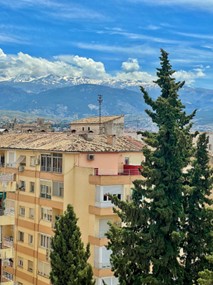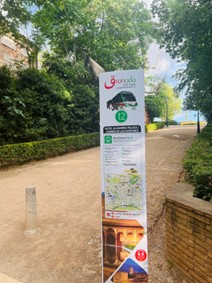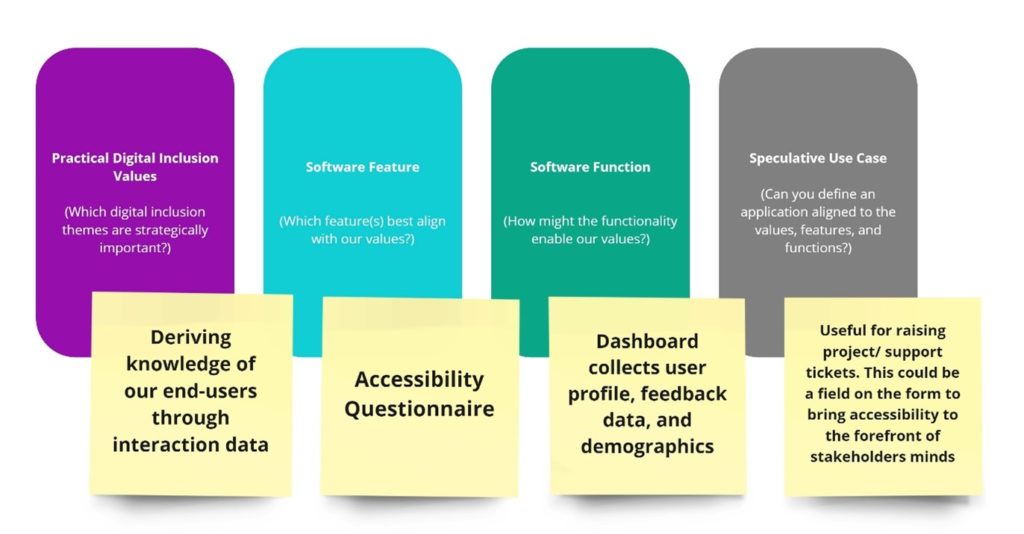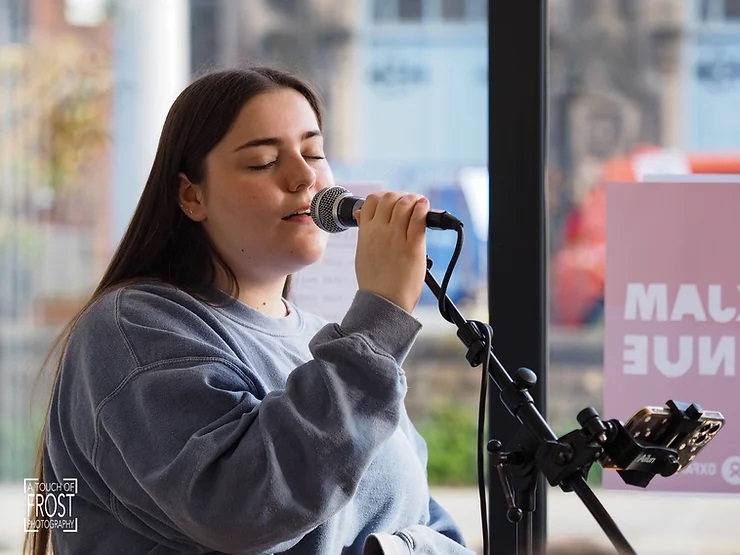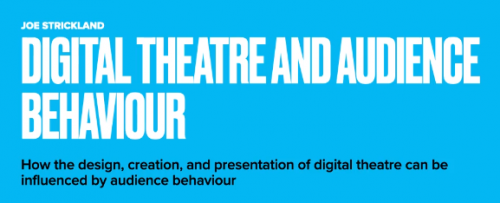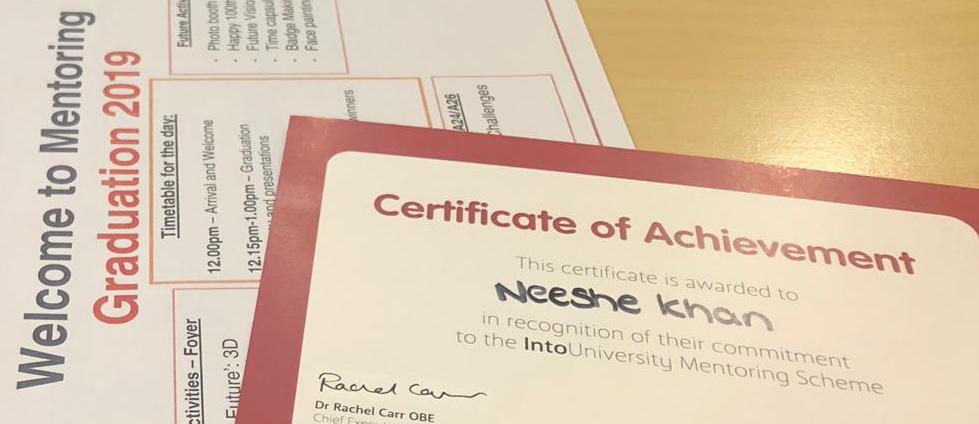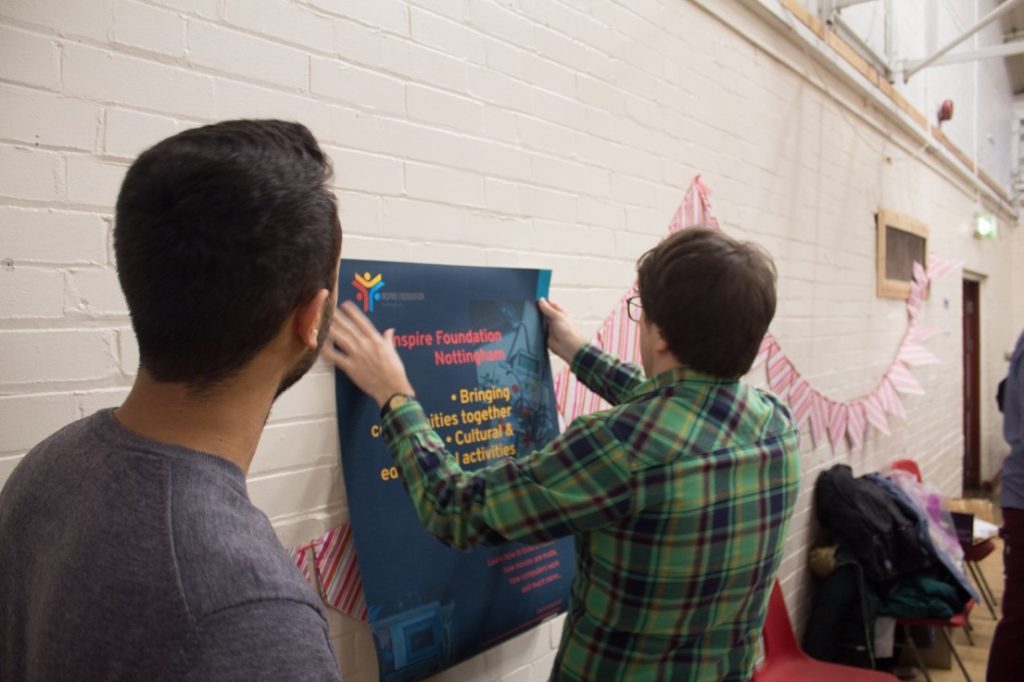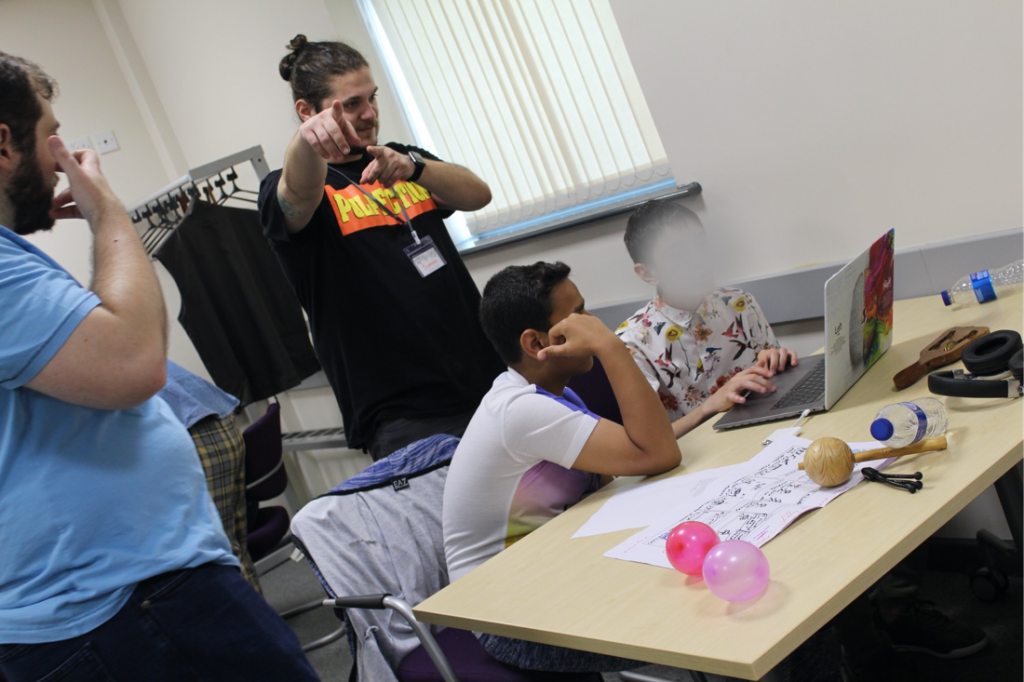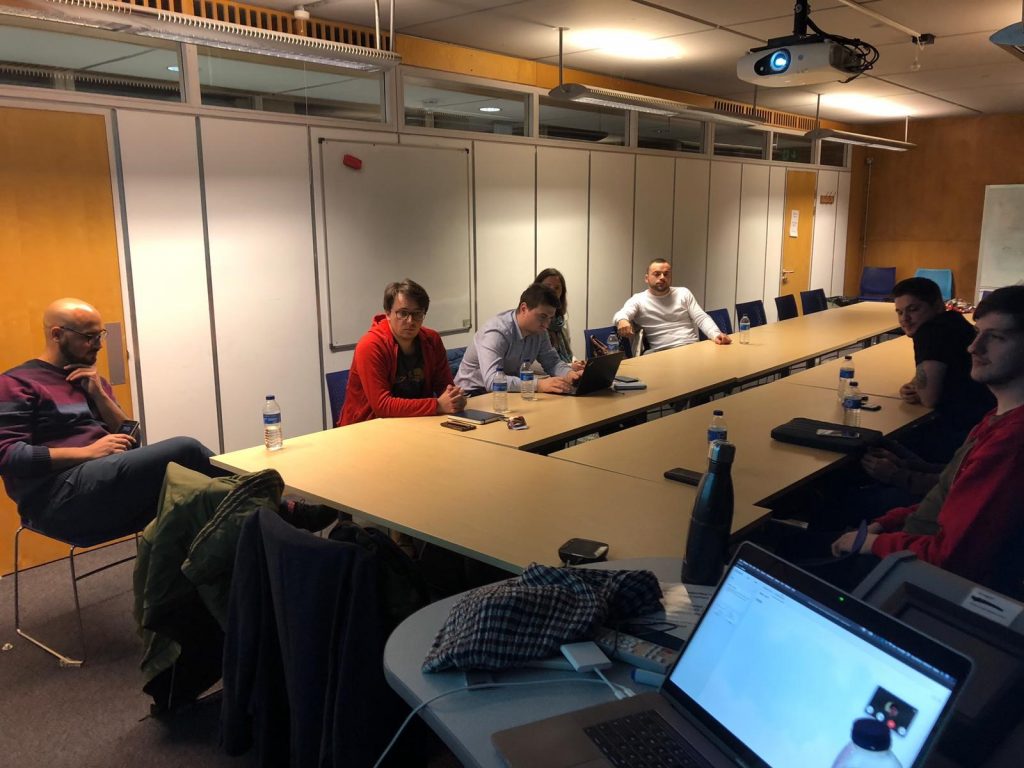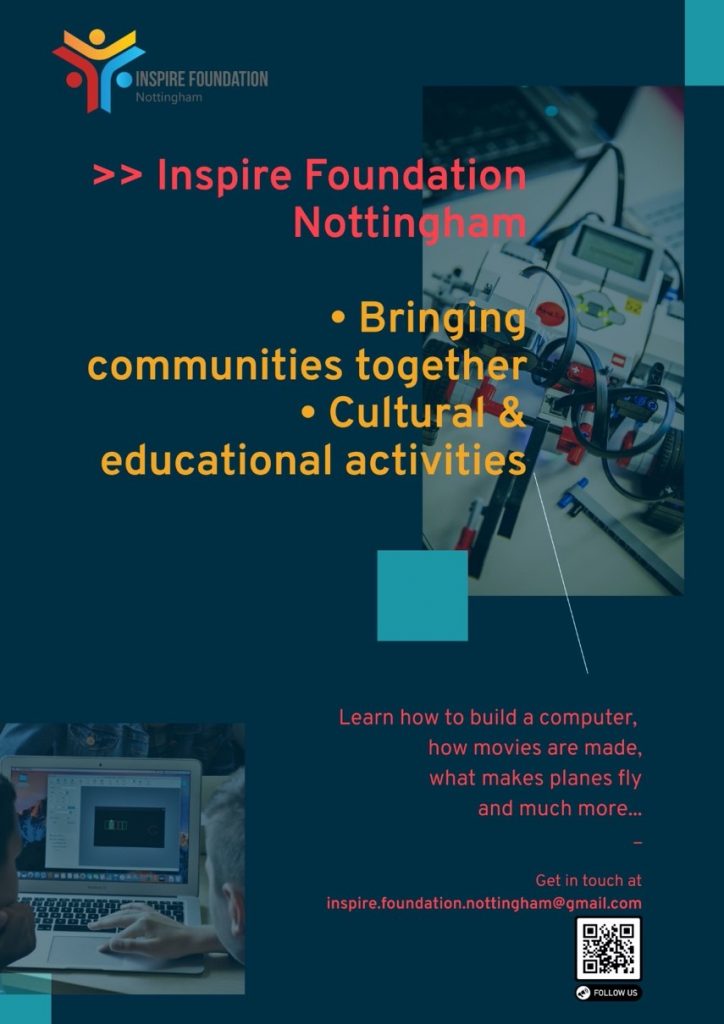post by Nasser Alkhulaifi (2021 cohort)
Travelling for research is a thrilling yet nerve-wracking experience. As I set off for the Andalusian Research Institute in Data Science and Computational Intelligence (DaSCI) at the University of Granada in España, I knew I was stepping into a new world—not just geographically, but academically and culturally as well. DaSCI isn’t just any research institute; it’s an amazing collaboration between five universities in Andalusia. The institute is led by Professor Francisco Herrera, its director, who is ranked second in the world and first in Spain in Computer Science. During my visit, DaSCI achieved significant recognition by winning two prestigious awards at the World Conference on Computational Intelligence 2024 in Japan, further cementing its position as a leader in the field. Looking back, the experience exceeded all my expectations, leaving me with invaluable insights and friendships.
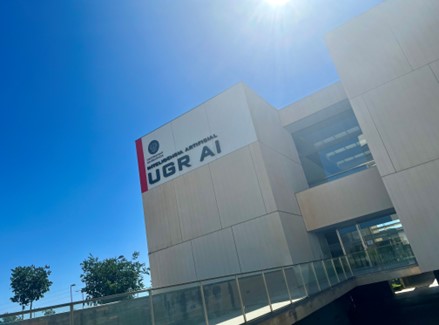
Why I Ended Up in the Sunshine España?
One of the main reasons for my visit was to strengthen my ongoing research collaboration with my supervisor, Professor Isaac Triguero, a member of the DaSCI Institute. Although we maintained regular communication and meetings online, nothing compares to in-person discussions and brainstorming sessions. Being physically present at the institute allowed us to dive deeper into the nuances of my second paper on developing an algorithm for automated feature engineering in energy forecasting problems, and to fine-tune my PhD thesis objectives. We worked closely to review and revise the definition of ‘automation’ in this context and to implement comparable feature engineering methods. The hands-on interaction enriched my research in ways that were better than what online meetings could offer.
The People: My New Extended Research Family
You know how they say it’s not about the destination, but the journey? Well, in my case, it was all about the people I met along the way. The DaSCI Institute is a vibrant hub of AI expertise, bringing together researchers from over 15 different countries. Engaging with such a diverse group not only broadened the scope of my work but also exposed me to fresh ideas and perspectives. I attended several sessions and seminars on topics outside my immediate area of expertise, such as federated learning and computer vision, which were incredibly enlightening. One of the highlights of my visit was attending two public PhD viva defences. Even though my Spanish was not great, observing these defences gave me a better understanding of the academic rigour and the depth of research at DaSCI. What struck me most was the presence of the candidates’ families and friends, adding a warm, personal touch to what is often seen as a purely professional milestone. It made me reflect on the importance of support networks in the academic journey.
The Joy (and Challenge) of Learning Spanish!
Before my visit, I had started learning Spanish, thinking it would help me get around and connect better with the locals. I thought, “How hard can it be? I’ll just use some language apps, watch a few Spanish shows, and I’ll be chatting away in no time!” Well, I was in for a surprise. When people started talking it was nothing like what I’d heard in my language apps! Turns out the Andalusian accent (southern Spain) is a whole different ballgame. It was like cracking a code! Sure, I was lost most of the time, but every successful interaction felt like a victory. Why say all the syllables when you can get the message across with less? The ‘s’ at the end of words? Optional! “gracias” becomes “gracia”. One memorable moment was when a colleague greeted me with a cheerful “buenas!” instead of “Buenos días.” I stood there for a second, puzzled, before realising this was just an Andalusian shortcut ( i.e., dialectal feature). Once my ears adjusted, I started to appreciate how musical and warm the accent sounded.
Cultural and Personal Growth: Beyond the Research
While my visit was primarily academic, the cultural experience of living and working in Spain was equally enriching. Adapting to a new environment, embracing the local culture, and navigating daily life in Granada added to my personal growth. These experiences broadened my worldview and contributed to my growth as a researcher. It’s hard to put into words, but this blend of professional and personal learning made the visit truly invaluable.

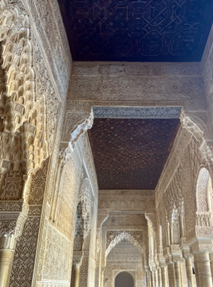 | 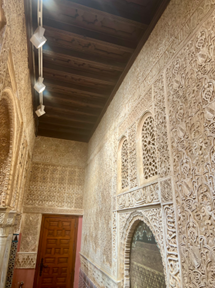 |
 |  |
Figure 5: The splendour within: exploring the Alhambra Palace’s intricate beauty, showcasing exquisite Arabic Calligraphy in Kufic, Naskh, and Thuluth Styles from the Nasrid Dynasty of the 13th Century. I was lucky enough to be able to read the classic Arabic inscriptions and appreciate their timeless elegance.

